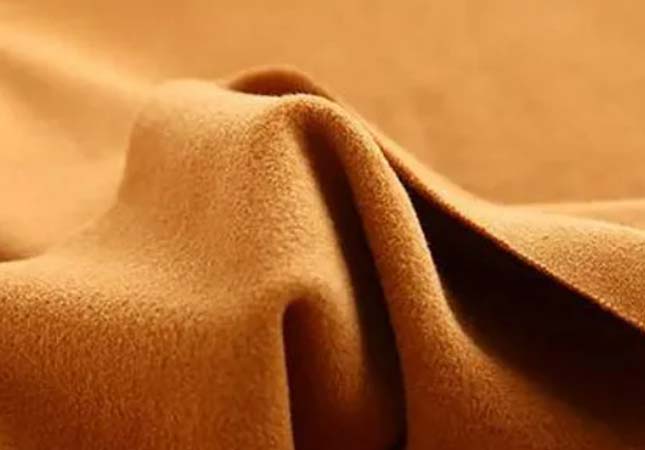Clothing fabric is the material used to make clothing,usually is made by series of fabric make-up machines such as cloth cutting machine. As one of the three elements of garment manufacturing, fabrics can not only interpret the style and characteristics of clothes, but also affect the color and shape of clothes directly. The fabrics used in clothing field are varied and changing with fashion trend. However, comfortable, sweat-absorbing, soft are always the mains characteristics of the clothing fabric which is high-quality and high-end.
For the clothes worn in formal social occasions, pure cotton, pure wool, pure silk and pure hemp usually be selected as the fabric materials because of higher grade vision of the clothes that made by these 4 kinds of natural clothing materials. Sometimes, pure leather is also permitted.

Different Clothing Effects
1. Soft Fabrics
Soft fabrics are generally light and thin with nice drape, smooth modeling lines and natural stretch of clothing outlines, which mainly include knitted fabrics and silk fabrics with scattered fabric structures, also the soft and thin hemp yarn fabrics. Soft knitted fabrics are often used for showing the graceful curves of the human body by their straight and concise shapes in clothing design while silk and hemp yarn often used for reflecting the flow of fabric lines by the loose and pleated shapes.
2. Cool Fabrics
The cool fabrics have clear lines to form a plump clothing outline. Generally include cotton, polyester-cotton, corduroy, linen, and various medium-thick wool and chemical fiber fabrics, are commonly used in the designs such as suits, which need to highlight the accuracy of clothing shapes.
3. Glossy Fabrics
Glossy fabrics can reflect light for a sparkling feel because its smooth surface. This kind of fabric such as satin-structured fabrics are mostly used in evening gowns or stage costumes manufacturing. They can be produced into simple or exaggerated designs for producing a gorgeous and dazzling strong visual effect, which are the best choices for large scale dressing performing.
4. Heavy Fabrics
Heavy fabrics usually enables people to achieving stable styling effects, including all kinds of thick wool and quilted fabrics, having a sense of physical expansion so that are not appropriate to use too many pleats and accumulations. The A-shaped and H-shaped shapes are the most appropriate design in heavy fabrics’ applications.
5. Transparent Fabrics
The transparent fabrics are always elegant and mysterious because they are light and transparent. They are mainly consist of cotton, silk, chemical fiber fabrics such as satin silk and chemical fiber lace. Generally are designed into H-shape and circular cone-shape in natural and plump lines for expressing the transparency.
Common Clothing Fabric Types
1. Cotton
The word”cotton” is a general term for all kinds of cotton textiles. Cotton is the most common material in the production of fashion suit, casual clothes, underwear and shirts, for the advantages of easy warmth, soft fit, moisture absorption, and good breath ability it has. However the disadvantages are that it is easy to shrink and wrinkle, resulting in a improper appearance of clothes, so that request a regular ironing in the clothes daily care.
2. Linen
It is a fabric made of various hemp plant fibers such as hemp, flax, ramie, jute, sisal, and abaca, which is generally used in work clothes production, and ordinary summer clothes production in recent years. Linen fabric has extremely high strength, nice moisture absorption and thermal conductivity, also has good air permeability but is not very comfortable to wear with a rough and blunt appearance.
3. Silk
Silk is consist of various silk fabrics that woven from silk as raw materials. Its variety is as many as cotton and can be used especially to make women's clothes by its strengths of thin, fit, soft, smooth, breathable, colorful, lustrous, elegant and comfortable. While silk is also easy to wrinkle and suck and fades quickly, so need daily care.




